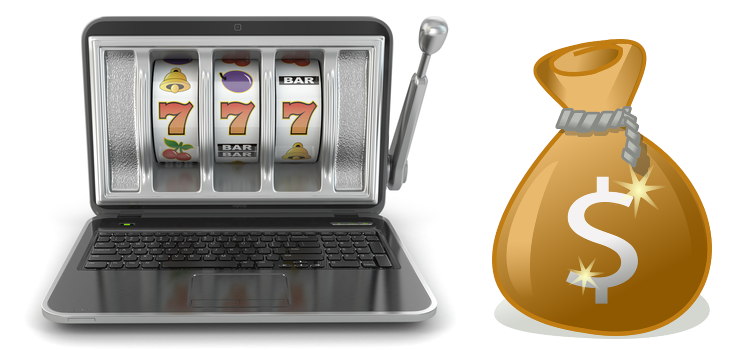Edward Oakley Thorp is widely regarded, by professional players as well as the general public, as the Father of Card Counting. It was in his book, Beat the Dealer, first published in 1962, that he presented his Ten-Count system, the first powerful winning blackjack system ever made available to the public. All card-counting systems in use today are variations of Thorp’s Ten-Count.
When Thorp’s book became a best seller, the Las Vegas casinos attempted to change the standard rules of blackjack, but their customers would not accept the changes and refused to play the new version of the game. So, the Vegas casinos went back to the old rules, but switched from dealing hand-held one-deck games to four-deck shoe games, a change that the players would accept. Unfortunately for the casinos, in 1966 Thorp’s revised second edition of Beat the Dealer was published. This edition presented the High-Low Count, as developed by Julian Braun, a more powerful and practical counting system for attacking these new shoe games.
In 1961, Thorp and C. Shannon jointly invented the first wearable computer, a device that successfully predicted results in roulette. Thorp has an M.A. in Physics and a Ph.D. in mathematics, and has taught mathematics at UCLA, MIT, NMSU, and U.C. Irvine, where he also taught quantitative finance.
For many years Ed Thorp wrote a column for the now-defunct Gambling Times magazine. Many of these columns were collected in a book titled The Mathematics of Gambling, published in 1984 by Lyle Stuart.
Uston burst onto the scene in 1977 with the publication of The Big Player, co-authored with Roger Rapaport. In this book, Uston exposed the secrets of Al Francesco’s big player teams. The book caused a falling out between Al and Ken that lasted for years, as Al felt Ken had betrayed his trust as well as his teammates.
But there is no denying that the book caused an upheaval in the world of card counting, changing the ways that professionals looked at the game and attacked it. Three of the most successful international blackjack teams-the Tommy Hyland team, the MIT team, and the Czech team-all were founded in 1978, the year after Uston’s book was published.
Al and Ken later patched up their relationship and Uston went on to start many blackjack teams of his own. He was a personality on a grand scale, who legally challenged the casino industry in the courts of both New Jersey and Nevada. His playing career spanned two decades of play at the highest levels, and included card counting, BP teams, hole card techniques, and concealed computer play.
Ken is also the author of Two Books on Blackjack (1979), Million Dollar Blackjack (1981), and Ken Uston on Blackjack (1986).
Uston died in 1987 at the age of fifty-two.
Stanford Wong self-published his first book, Professional Blackjack, in 1975. It was later published by the Gambler’s Book Club in Las Vegas, then revised and expanded numerous times and published by Wong’s own company, Pi Yee Press.
Wong is widely regarded as one of the sharpest analysts of systems and methods for beating the casinos. In Professional Blackjack, he described a never-before-revealed table-hopping style of playing shoe games, a method of play now known as wonging. Professional Blackjack had a profound impact on serious players because it provided card counters with an easy yet powerful method for attacking the abundant four-deck shoe games that had taken over Las Vegas. Many pros still think of card-counting opportunities as “pre-Wong” and “post-Wong.”
In his second book, Blackjack in Asia-a book priced at $2,000 and one of the rarest gambling books sought by collectors today – Wong discusses the unique blackjack games he had discovered in Asian casinos as a professional player, along with the optimum strategies he had devised for beating them. The book also included underground advice for exchanging currencies in these countries on the black market, as well as an account of his own hassles with customs officials when he attempted to leave the Philippines with his winnings. Of all of Wong’s books, this is my personal favorite, as it reveals more of his anti-establishment personality than any of his later books.
In 1980, Wong published Winning Without Counting, priced at $200, and again, on a personal note, this is my second favorite book by Wong (and another collector’s item if you can find one). He not only discusses many hole card techniques that had never before been mentioned in print-s-front-loading, spooking, and warp play-but he also delved into many clearly illegal methods of getting an edge over the house, including various techniques of bet-capping, card switching, card mucking, etc. He was widely criticized by those in the casino industry for the amusing way in which he discussed and analyzed such techniques, but anyone with half a brain could see that he was merely informing players with a tongue-in-cheek sense of humor.
Wong subsequently published Tournament Blackjack (1987), Basic Blackjack (1992), Casino Tournament Strategy (1992), Blackjack Secrets (1993), and since 1979 has published various newsletters including Current Blackjack News, aimed at serious and professional players.
By Elizabeth Tudor
With over 10 years working as a professional journalist Elizabeth Tudor has contributed many interesting materials to http://www.blackjackencyclopedia.com/library/edward-o-thorp.html that many users around the globe regard as a benchmark for professional writing.











No Comment